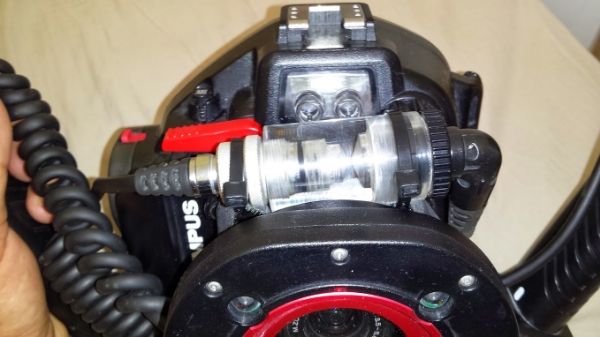Packhorse
Contributor
I have a YS 60 strobe but since its not a slave and my Oly housing has no bulkhead for a cable I am in need of another way to trigger it.
I found by using a IR photo diode ( looks like a clear 5mm LED) placed on two of the strobe cables pins it would trigger with and sudden change in light. In other words it has become a slave.
With the locator tab at the top the two pins to use are the right hand two.
I have googled but I cant find any info on what each pin does. Can anyone help? I have both 4 pin and 5 pin Sea and Sea cables/ strobes.
---------- Post added December 3rd, 2013 at 10:18 PM ----------
OK, I found this... TTL flash connections - Cameras Underwater Ltd
If I am to understand correctly, grounding the X will fire the strobe. Grounding the Q after will quench the strobe, or stop it.
So by grounding X and leaving Q alone then the strobe will do a full dump ( or what ever level it is set at).
But by grounding X and then grounding Q you could control the level of the strobe.
Anyone what the time frame for a full dump vs 1/4 or 1/2?
I found by using a IR photo diode ( looks like a clear 5mm LED) placed on two of the strobe cables pins it would trigger with and sudden change in light. In other words it has become a slave.
With the locator tab at the top the two pins to use are the right hand two.
I have googled but I cant find any info on what each pin does. Can anyone help? I have both 4 pin and 5 pin Sea and Sea cables/ strobes.
---------- Post added December 3rd, 2013 at 10:18 PM ----------
OK, I found this... TTL flash connections - Cameras Underwater Ltd
If I am to understand correctly, grounding the X will fire the strobe. Grounding the Q after will quench the strobe, or stop it.
So by grounding X and leaving Q alone then the strobe will do a full dump ( or what ever level it is set at).
But by grounding X and then grounding Q you could control the level of the strobe.
Anyone what the time frame for a full dump vs 1/4 or 1/2?





